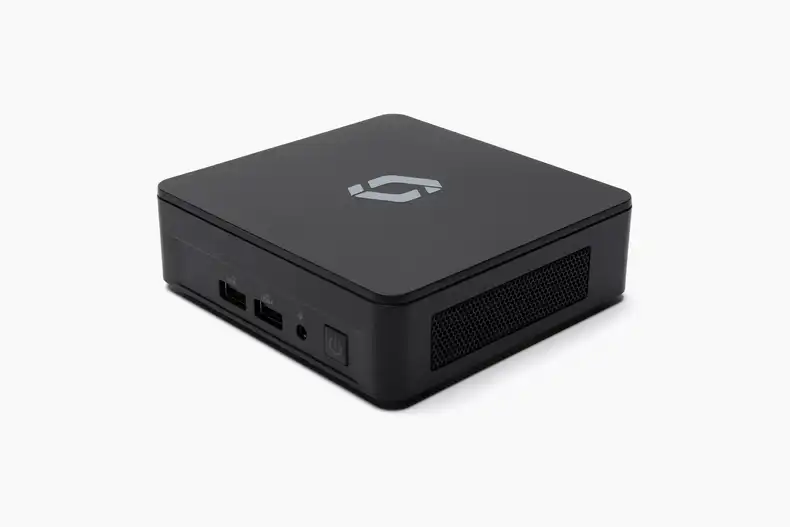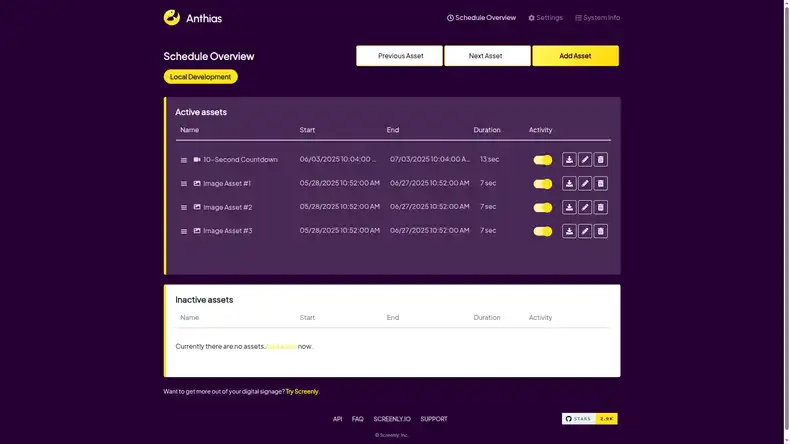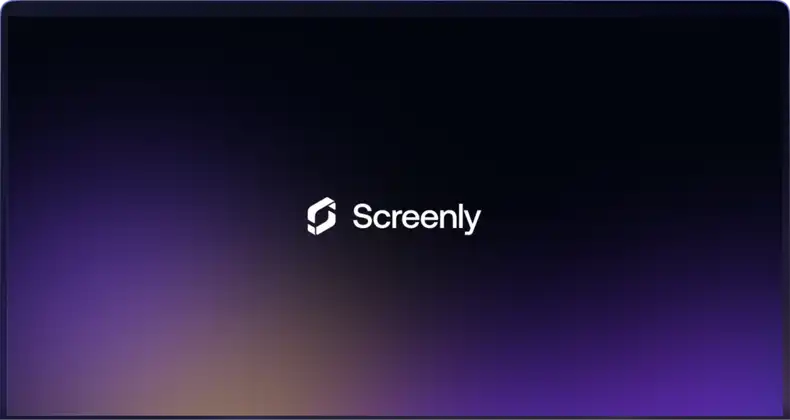When implementing digital signage for your business, you must make decisions regarding the type of content you want to feature on your digital displays. There are choices, such as displaying photos or videos, going with stock content or in-house content creation, and showing standard quality or 4K quality content. You must align these decisions with your short-term and long-term digital signage strategy. In this post, we will focus on one of those decisions, namely whether or not you need 4K quality content for your digital signage solution.
What is 4K resolution anyways?
4K resolution is the older brother of its predecessor, 1080p resolution. 1080p refers to an image or video that is 1080 pixels high by 1920 pixels wide. 4K quality images and videos feature approximately 8 million pixels, which is four times the number of pixels that 1080p displays. As a result, 4K images can appear crisper and provide a “wow” effect to viewers. Depending on the frame rates, 4K videos can also appear much smoother than 1080p videos. The higher number of pixels also allows viewer to read 4K text more easily than 1080p text.
Also, it is important to know that for 4K displays to perform optimally, they must display content that creators originally produced in 4K. This 4K produced content is different than “upscaled 4K,” which is simply 1080p produced content that is algorithmically augmented to fit a 4K display.
Why would a business not want 4K?
The major drawback of showing 4K content is the higher expense when compared to showing 1080p content. Businesses that wish to have their digital signage content in 4K will need to purchase more expensive displays and media players. For example, businesses who implement a video wall solution may need to invest in more expensive hardware and video wall controllers for signal distribution. This larger investment in hardware is necessary if businesses are to provide the true 4K content experience.
If businesses cut corners here, there will be problems with their 4K display. One such problem, particularly on a video wall, is the video not looking smooth if the hardware does not support 60 frames per second. Additionally, 4K does not only refer to the display and associated hardware, it also refers to the content itself. 4K content requires specialized cameras and editing software, and these requirements place additional expenses on businesses that want to display 4k content.
Production and post-production costs are higher for 4K content because the required hardware and software needs to deal with much more data than when dealing with 1080p content. First, the camera must be able to capture 4K images, and, understandably, these cameras are more expensive than cameras that capture in 1080p. Second, you must be able to store the 4K data that is recorded. This means you will have to purchase more expensive storage cards and long-term data-storage solutions. Also, because you will need to work with large files, you may need to update your computer processors and combine these processors with solid state hard drives for faster data retrieval and processing.
Post-production editing software that is compatible with 4K content will need to be purchased, too. Additionally, working with 4K content typically takes longer than working with 1080p content due to higher load and playback times. Those realities will translate to more billable human hours required to edit the 4K content. Whether you produce 4K content yourself or purchase 4K content from a stock content vendor, the added production and post-production complexities of 4K content will translate to a higher amount of money that you need to pay.
Why are businesses interested in 4K? Do they need it?
The advantage of 4K is that it provides a high resolution, beautiful, and often stunning visual experience to your business’s customers. A 4K content experience has the ability to produce a “wow” effect, and this may entice viewers to be more engaged with your business and product offerings. However, due to the expense of producing and displaying 4K content, business owners must decide if an investment in 4K display technologies and content is really worth it.
For most businesses, 4K is simply not yet worth the investment. We say “yet” here because the current high cost of implementing 4K digital signage is sure to decrease in the coming years. However, for most businesses today, 1080p will provide the optimal digital signage solution. In fact, most businesses will have a better digital signage deployment if they invest their resources in producing more content for cheaper 1080p displays rather than in 4k hardware. Put bluntly, a 4K display and even 4K quality content will do nothing for your business if the content is not relevant and engaging to your customer base and regularly refreshed. Additionally, there are many use cases where your viewer base will only see the digital signage in passing, such as with digital lobby signage or digital signage kiosks. That viewer would likely not notice the difference between 4K quality and 1080p quality images. To read more on cost-effective digital signage solutions, check out our blog post on creating a cost-effective digital signage wall with Screenly
In conclusion, if your business has the budget and cash to spare for 4K, go ahead and do it. However, business owners must realize that the more expensive option is not necessarily the better option in the context of their business. Resources are limited, and business owners must deploy their capital and a employee time wisely. 4K content can look absolutely stunning, if it is done right with the proper hardware. However, for the vast majority of digital signage use cases, 1080p content and displays will cater to your needs perfectly well. It is best to invest your money and time in crafting engaging and dynamic content for your customer base.
Screenly supports 1080p Full HD image, video, and web page content for digital signs with a cost-effective digital signage player. To see how Screenly can benefit your business and to get started with Screenly, sign up for a 14-day free trial.





